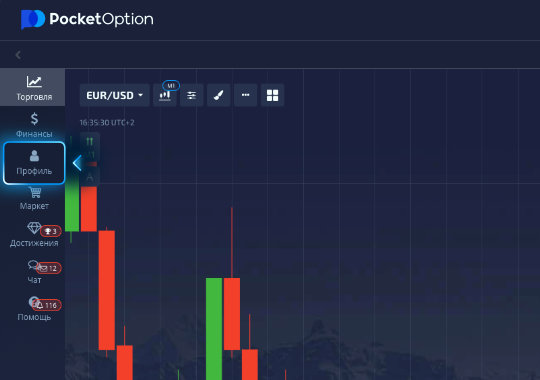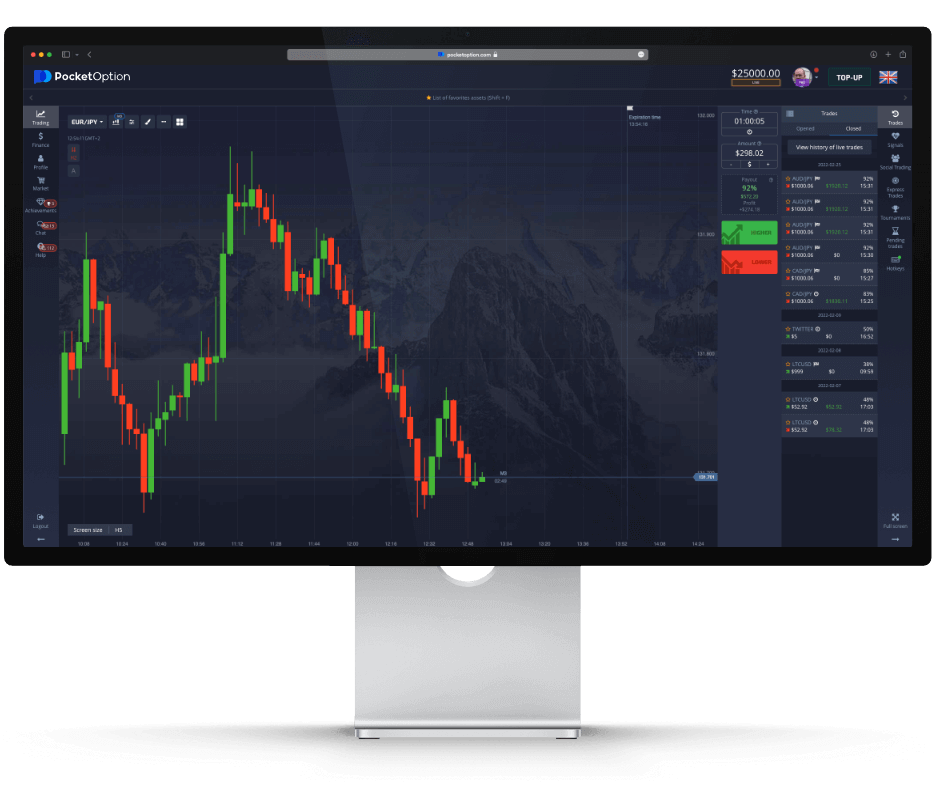
Mastering the Art of Trading: The Ultimate Pocket Option Scalping Strategy
In the dynamic world of trading, employing a pocket option scalping strategy pocket option scalping strategy can significantly enhance your chances of achieving consistent profits. Scalping is a short-term trading strategy designed to take advantage of minor price movements, and when done correctly, it can yield impressive results. This article aims to delve deep into the fundamentals of scalping on Pocket Option, providing you with the necessary tools and insights to implement this strategy successfully.
What is Scalping?
Scalping is a trading strategy aimed at profiting from small price changes—often over a very short period. Traders who use this method, known as scalpers, make numerous trades throughout the day, typically holding positions for just a few seconds to a few minutes. The goal is to accumulate small profits that can result in significant gains by the end of the trading session.
Why Choose Pocket Option for Scalping?
Pocket Option has established itself as a reliable platform for traders worldwide, particularly for those engaging in scalping strategies. Here are several reasons why it stands out:
- User-Friendly Interface: The platform is designed for both beginners and experienced traders, making it easy to navigate and execute trades rapidly.
- High Payouts: Pocket Option offers competitive payouts, which can significantly enhance the profitability of your scalping trades.
- Variety of Assets: The platform provides access to a wide range of trading instruments, including Forex, cryptocurrencies, and commodities, allowing for diversified trading opportunities.
- Advanced Tools: Pocket Option offers various analytical tools and indicators that are essential for making quick decisions.
Key Principles of a Successful Pocket Option Scalping Strategy
Developing a successful scalping strategy involves understanding certain key principles. These principles will guide your trading decisions and help you navigate market movements effectively.
1. Emphasize Technical Analysis
Scalpers rely heavily on technical analysis to make rapid trading decisions. Indicators such as moving averages, Bollinger Bands, and RSI (Relative Strength Index) can help identify entry and exit points. Familiarize yourself with these tools, as they will be essential for your day-to-day trading.
2. Choose the Right Market Conditions
Scalping works best in certain market conditions. Look for markets with high volatility, as they provide more opportunities for profit. However, avoid extremely volatile conditions that can result in unexpected price swings, making trades riskier.
3. Keep Your Emotions in Check
Emotions can lead to impulsive decisions that can derail your trading strategy. As a scalper, it’s critical to stick to your established plan and avoid the temptation of chasing losses or greedily holding onto winning trades for too long.
4. Set Clear Entry and Exit Points

Defining your entry and exit points ahead of time can improve your trading discipline. Use stop-loss orders to manage your risk effectively. This way, even if a trade doesn’t go as planned, you can minimize your losses.
5. Focus on Liquid Markets
Trading in liquid markets ensures that you can enter and exit positions easily without significant slippage—a crucial factor in scalping strategies. Ensure that the assets you are trading have sufficient volume and liquidity.
Implementing Your Scalping Strategy
After understanding the key principles of scalping, it’s time to implement your strategy. Here’s a step-by-step guide:
Step 1: Select Your Assets
Choose a few assets to focus on. This allows you to develop a deeper understanding of their price action, which is vital for scalping success.
Step 2: Set Up Your Trading Platform
Configure your Pocket Option platform by adding the necessary indicators and ensuring that your chart setup aligns with your scalping strategy. Consistency in your setup will lead to more effective trading.
Step 3: Start Trading
Begin with small trades to test your strategy. As you gain confidence and experience, you can gradually increase the size of your trades.
Common Mistakes to Avoid
Even seasoned traders can make mistakes while scalping. Here are a few common pitfalls to avoid:
- Overtrading: Avoid taking too many trades at once, which can lead to significant losses.
- Neglecting Risk Management: Always set stop-loss and take-profit levels; never trade without a plan.
- Ignoring Market News: Economic news and events can heavily influence market movements, which are crucial for scalpers to monitor.
Conclusion
The pocket option scalping strategy is an effective method for traders seeking to capitalize on small market movements. By strictly adhering to a well-defined trading plan, employing technical analysis, and maintaining emotional discipline, you can significantly enhance your trading success. Remember, practice makes perfect—so start small, learn from your trades, and gradually refine your strategy over time. With dedication and a solid understanding of the principles outlined in this article, you can master the art of scalping on Pocket Option.

